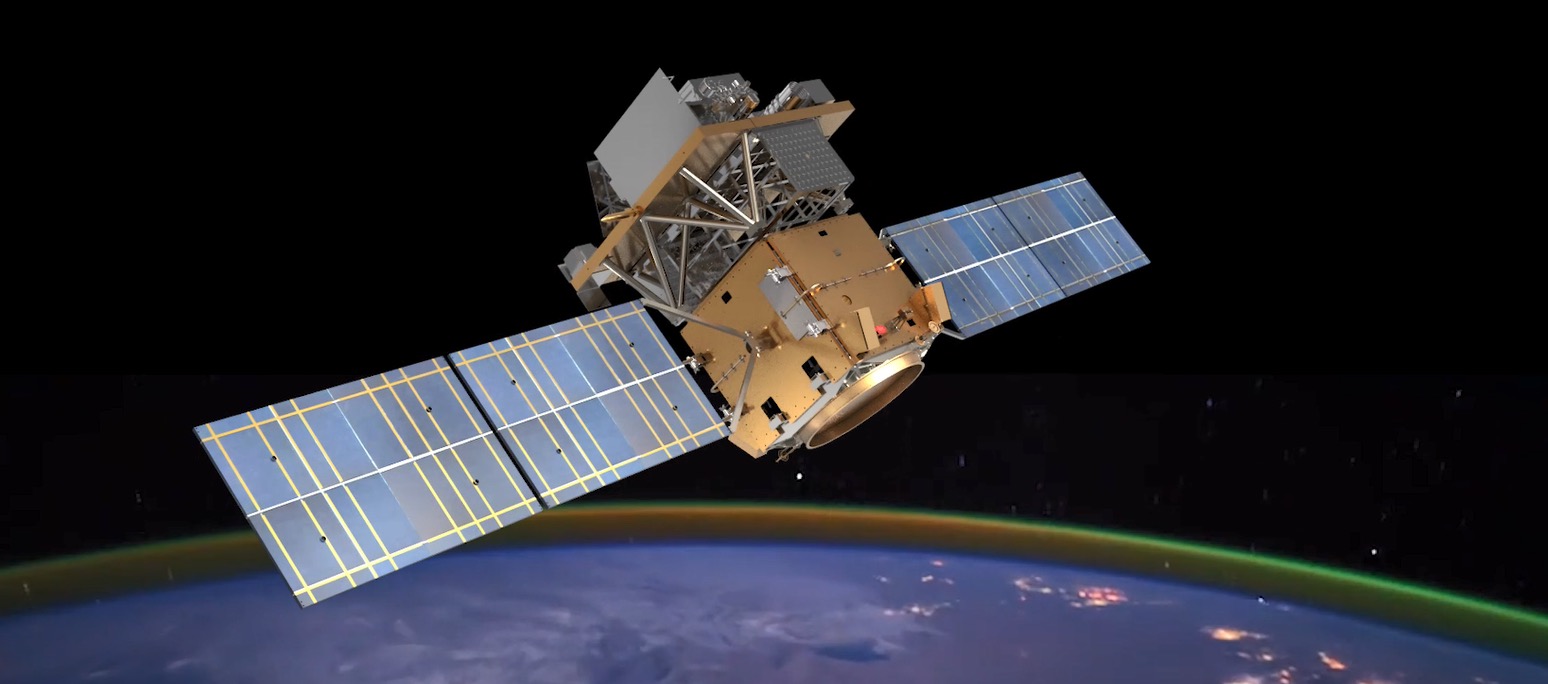A Chinese spacecraft has taken flight to study the sun and improve space-weather predictions.
The satellite, known as the Advanced Space-based Solar Observatory (ASO-S), lifted off atop a Long March 2D rocket on Saturday (Oct. 8) at 7:43 p.m. EDT (2343 GMT; 7:43 a.m. Beijin time on Oct. 9) from Jiuquan Satellite Launch Center in Inner Mongolia.
The ASO-S spacecraft — nicknamed Kuafu-1, after a giant in Chinese mythology who chased the sun — was deployed successfully into its target orbit, a sun-synchronous path about 450 miles (720 kilometers) above Earth, according to the state-run media outlet Xinhua.
Related: What is space weather, and how is it predicted?

The ASO-S mission was first proposed by the Chinese heliophysics community in 2011, according to the Chinese Academy of Sciences (CAS). The 1,960-pound (888 kilograms) probe will use three instruments to study the sun's magnetic field, solar flares and coronal mass ejections (CMEs), huge bursts of superheated plasma that rocket away from the sun at millions of miles per hour.
Solar flares are often associated with CMEs, and both can affect us here on Earth. Powerful CMEs, for example, can spawn geomagnetic storms that can disrupt power grids, radio communications and GPS navigation. (As a mitigating side effect, CMEs can also supercharge the auroras.)
ASO-S aims to conduct simultaneous observations of flares and CMEs "to understand their connections and formation mechanisms," CAS officials wrote in a mission description. The spacecraft will also study how energy is transported through different layers of the sun's atmosphere, and how flare and CME evolution is affected by the solar magnetic field.
Get the Space.com Newsletter
Breaking space news, the latest updates on rocket launches, skywatching events and more!
ASO-S is designed to operate for at least four years and generate about 500 gigabytes of data daily. This information could end up having considerable practical applications; the CAS explainer lists as a target objective the "observation of solar eruptions and the magnetic field evolution to facilitate forecasting of the space weather and to safeguard valuable assets in space."
Mike Wall is the author of "Out There" (Grand Central Publishing, 2018; illustrated by Karl Tate), a book about the search for alien life. Follow him on Twitter @michaeldwall. Follow us on Twitter @Spacedotcom or on Facebook.
Join our Space Forums to keep talking space on the latest missions, night sky and more! And if you have a news tip, correction or comment, let us know at: community@space.com.

Michael Wall is a Senior Space Writer with Space.com and joined the team in 2010. He primarily covers exoplanets, spaceflight and military space, but has been known to dabble in the space art beat. His book about the search for alien life, "Out There," was published on Nov. 13, 2018. Before becoming a science writer, Michael worked as a herpetologist and wildlife biologist. He has a Ph.D. in evolutionary biology from the University of Sydney, Australia, a bachelor's degree from the University of Arizona, and a graduate certificate in science writing from the University of California, Santa Cruz. To find out what his latest project is, you can follow Michael on Twitter.









